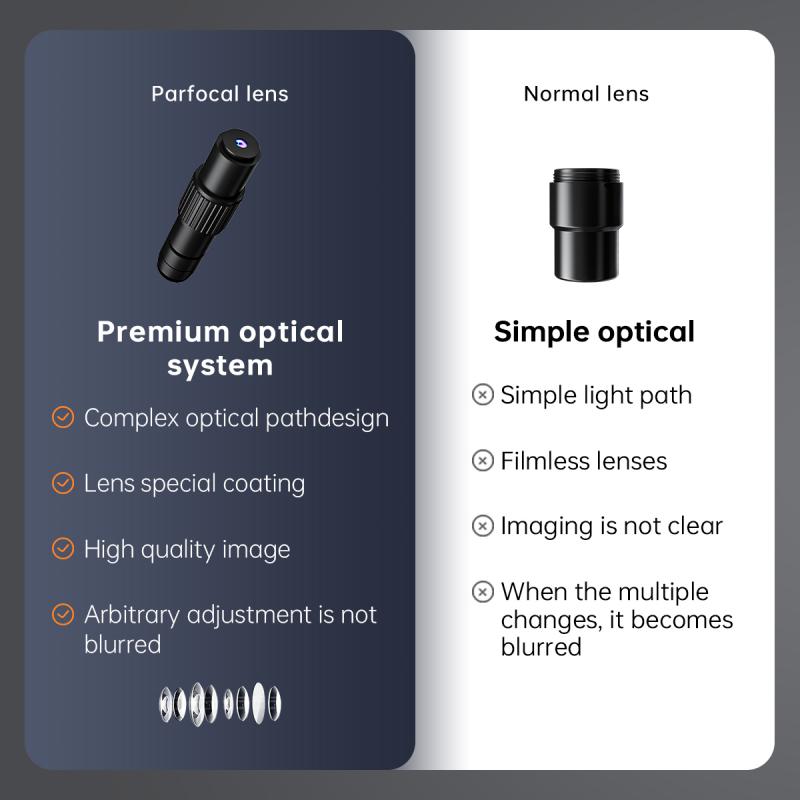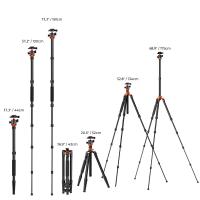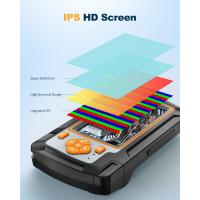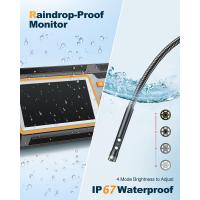Microscope That Can See Cells ?
A microscope that can see cells is called a compound microscope. It uses two or more lenses to magnify the image of a specimen, allowing the user to see cells and other small structures that are not visible to the naked eye. The most common type of compound microscope is the brightfield microscope, which uses visible light to illuminate the specimen. Other types of compound microscopes include phase contrast, differential interference contrast, and fluorescence microscopes, which use different techniques to enhance the contrast and visibility of the specimen. With a compound microscope, scientists and researchers can study the structure and function of cells, tissues, and organs, and gain a better understanding of the biological processes that occur within living organisms.
1、 Optical Microscopy
A microscope that can see cells is an optical microscope. This type of microscope uses visible light to magnify and observe cells. Optical microscopy has been a fundamental tool in the field of biology for over 400 years, allowing scientists to study the structure and function of cells and tissues.
In recent years, advances in technology have led to the development of new types of optical microscopes that can provide even greater detail and resolution. For example, confocal microscopy uses lasers to create high-resolution images of cells and tissues, while super-resolution microscopy can achieve resolutions beyond the diffraction limit of light.
Optical microscopy has also been combined with other techniques, such as fluorescence imaging, to allow scientists to study specific molecules and processes within cells. This has led to a better understanding of cellular processes such as protein synthesis, cell division, and signaling pathways.
Overall, optical microscopy remains a crucial tool in the study of cells and tissues, and ongoing technological advancements continue to expand its capabilities and applications.
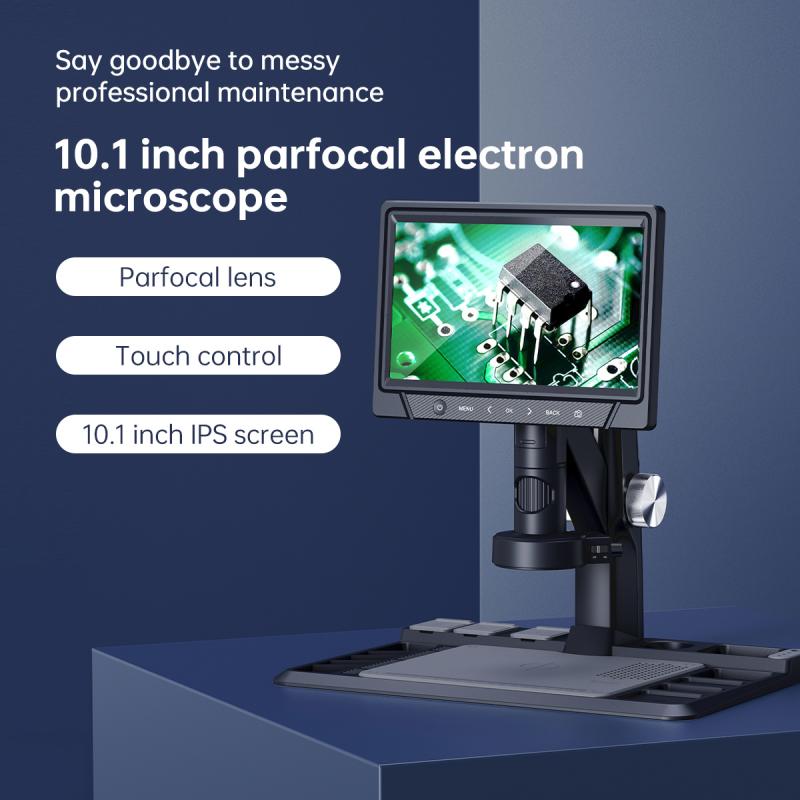
2、 Electron Microscopy
The answer is "Electron Microscopy". Electron microscopy is a powerful tool that uses a beam of electrons to create high-resolution images of cells and other biological structures. Unlike traditional light microscopy, which uses visible light to illuminate samples, electron microscopy uses a beam of electrons that can be focused to a much smaller point, allowing for much higher resolution images.
Electron microscopy has revolutionized our understanding of the structure and function of cells. With this technique, scientists can see the intricate details of cells, including the arrangement of organelles, the structure of membranes, and the organization of cytoskeletal elements. This has led to many important discoveries in cell biology, including the identification of new organelles and the elucidation of the mechanisms of cellular processes such as protein synthesis and membrane trafficking.
In recent years, advances in electron microscopy have allowed scientists to study cells and tissues in even greater detail. Cryo-electron microscopy, for example, allows samples to be imaged at near-atomic resolution, providing unprecedented insights into the structure of proteins and other biomolecules. This technique has been used to solve the structures of many important proteins, including those involved in diseases such as Alzheimer's and Parkinson's.
Overall, electron microscopy is an essential tool for cell biologists and has played a critical role in advancing our understanding of the structure and function of cells. As technology continues to improve, we can expect even more exciting discoveries to come from this powerful technique.
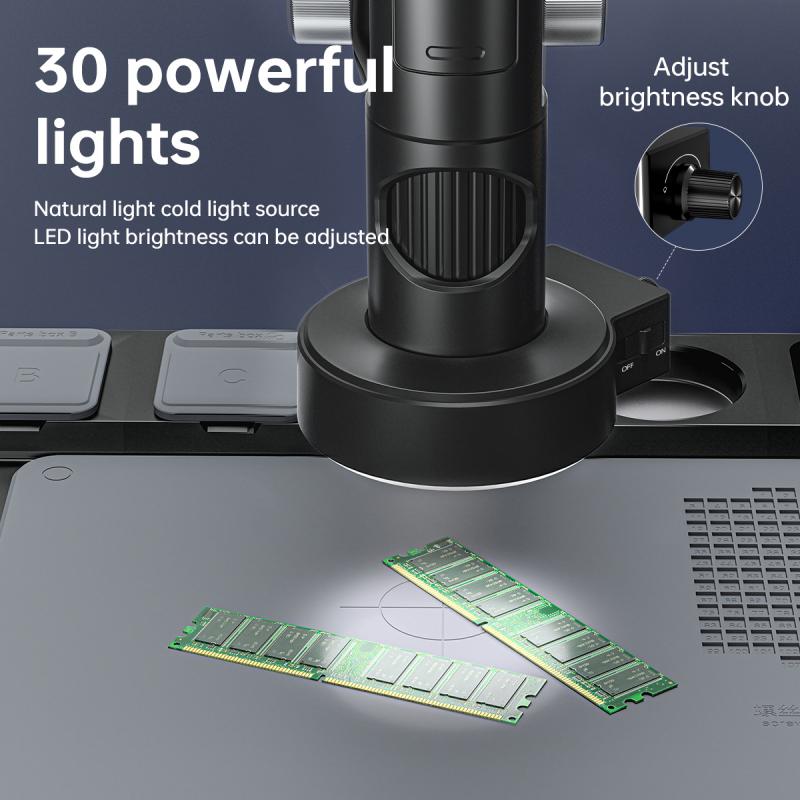
3、 Confocal Microscopy
Confocal microscopy is a type of microscope that can see cells in great detail. It uses a laser to scan a sample and create a 3D image of the cells. This type of microscopy is particularly useful for studying the structure and function of cells, as well as for diagnosing diseases.
One of the key advantages of confocal microscopy is its ability to produce high-resolution images of cells. This allows researchers to study the intricate details of cellular structures, such as the cytoskeleton, organelles, and cell membranes. In addition, confocal microscopy can be used to study the dynamics of cells, such as cell division, migration, and signaling.
Another advantage of confocal microscopy is its ability to selectively image specific regions of a sample. This is achieved by using fluorescent dyes or proteins that are specific to certain cellular structures or molecules. By selectively imaging these regions, researchers can gain insights into the function of specific cellular components.
Recent advances in confocal microscopy have further improved its capabilities. For example, super-resolution techniques have been developed that allow researchers to image structures that are smaller than the diffraction limit of light. In addition, live-cell imaging techniques have been developed that allow researchers to study the dynamics of cells in real-time.
Overall, confocal microscopy is a powerful tool for studying cells and has contributed greatly to our understanding of cellular biology. Its continued development and refinement will undoubtedly lead to further insights into the complex world of cells.

4、 Scanning Probe Microscopy
A microscope that can see cells is typically a light microscope or an electron microscope. These types of microscopes use different methods to visualize cells, with light microscopes using visible light and electron microscopes using beams of electrons. Both types of microscopes have their advantages and disadvantages, with light microscopes being better suited for observing living cells and electron microscopes being better suited for observing the fine details of cells.
However, there is another type of microscope that can see cells with even greater detail than electron microscopes. This is known as Scanning Probe Microscopy (SPM), which uses a tiny probe to scan the surface of a sample and create an image of its topography. SPM can achieve resolutions down to the atomic level, allowing researchers to see individual molecules and even manipulate them.
One of the latest developments in SPM is the use of functionalized probes, which can detect specific molecules on the surface of a sample. This has opened up new possibilities for studying biological systems, such as detecting specific proteins on the surface of cells or mapping the distribution of lipids in cell membranes.
Overall, while light and electron microscopes are still the most commonly used tools for observing cells, SPM offers a unique perspective on the nanoscale world of cells and has the potential to revolutionize our understanding of biological systems.
